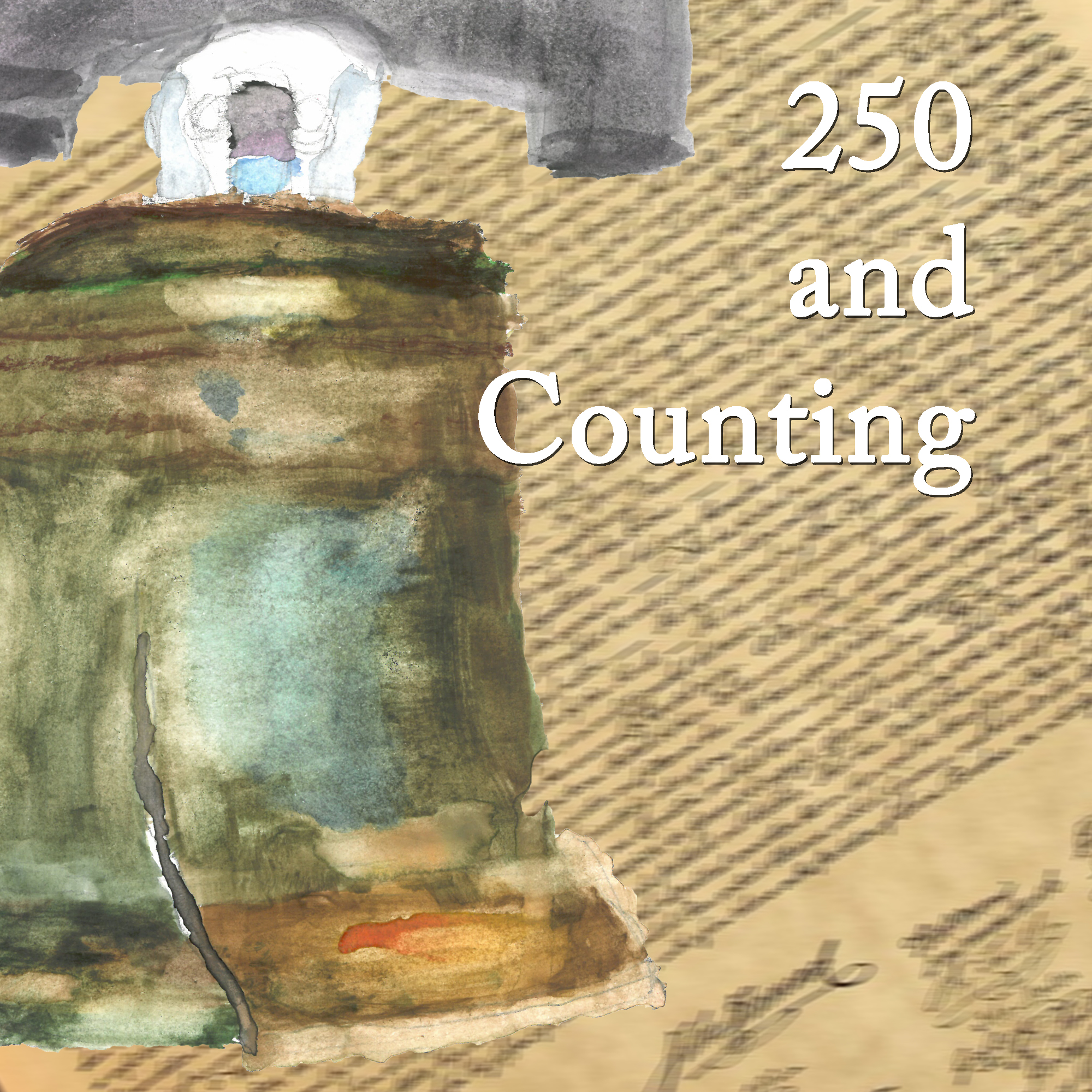
When we talk about Franking, we typically use it in the context of the Franking Privilege, something that members of Congress, ex-presidents, and a few others get to use. In short, if they put their name on the envelope, they can mail stuff without cost to themselves. (The Congressional budget reimburses the US Postal Service.)
But Franking isn’t limited to the franking privilege. “Franking” refers to any kind of device, mark, or combination of the two that makes something eligible for mailing. Put a postage stamp on a letter, that’s franking. Run it through a meter, that’s franking. Business Reply Mail is franking, too. And many of the rules are international in nature; any disputes are handled by an agency that answers to the United Nations.
For what it’s worth, the franking privilege is intended solely for typical communication with constituents: newsletters or “what’s going on” letters. It can also be used for official business. However: the use of the privilege for political purposes is a big no-no. In addition, there are blackout periods, such as 60 days before an election, or 90 days if the congress member is on the ballot.
See that? You’ve learned from me, now go learn from Mike.
Podcast: Play in new window | Download | Embed

Leave a Reply